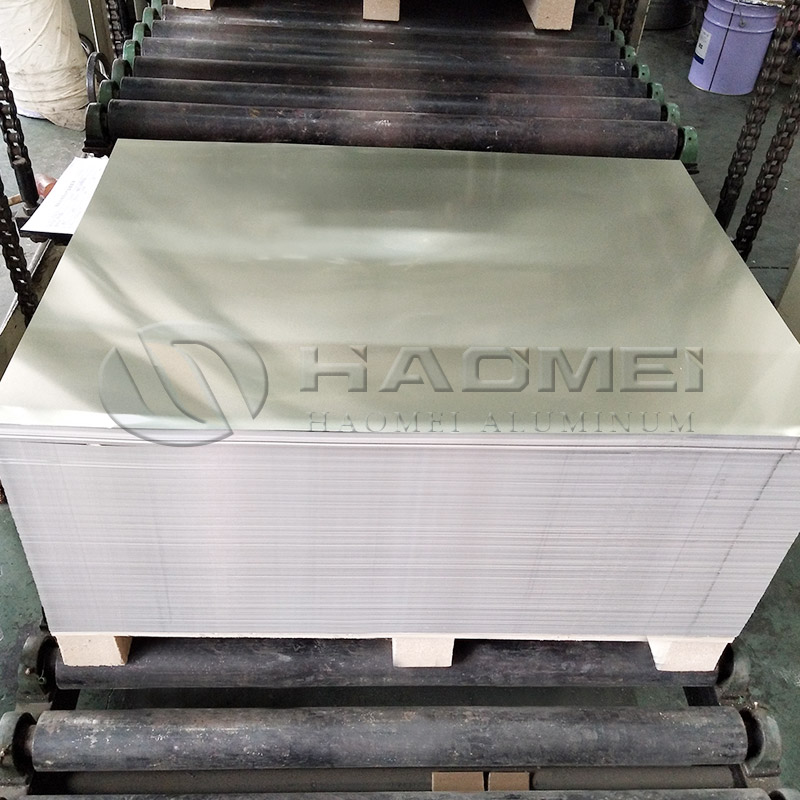
1. Control the thickness of the oxide film.
The oxide film refers to the thickness, porosity, transparency and so on. The thickness of the film layer in the 5052 aluminum plate is kept above 10um, and the porosity and transparency can obtain the best dyeing quality.
2. Select the best raw material of 5052 aluminum plate.
Normally, after high purity aluminum, aluminum magnesium and aluminum manganese alloy are anodized, the function of dyeing is the best, and can be dyed into various colors. For the plate containing silicon or copper, they can only be dyed into dark and black, more monotonous color.

3. Control the dye temperature.
The dyeing of 5052 aluminum plate is divided into cold dyeing and hot dyeing. Using cold dyeing, the time used in the production process is longer, and the color uniformity is better mastered. The time of thermal dye is relatively short, but it is difficult to control the color. The temperature of the thermal dye is usually between 40 and 60 degrees. If the temperature is too high, it will reduce the adsorption of the dye, and easily lead to the surface of the aluminum plate dim.
4. Grasp the concentration of the dye.
There is a connection between the concentration of the 5052 aluminum plate and the dyeing. If the aluminum plate is tinted, the concentration can be a little lower and on the opposite side, the concentration can be a little higher. In order to strengthen the dye adsorption, there will use low concentrations of color dyeing, in order to make dye molecules uniform infiltrate into the depths of the oxidized film pore, so that we can make the color of the dye more harmonious and firm.